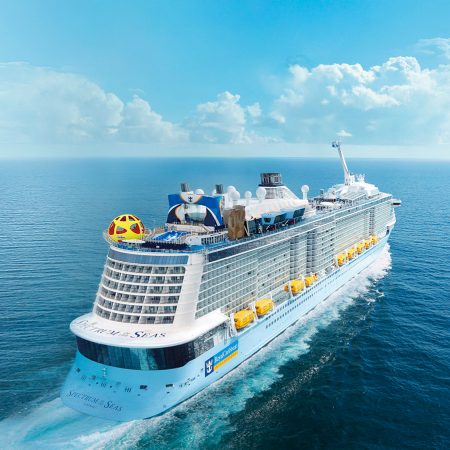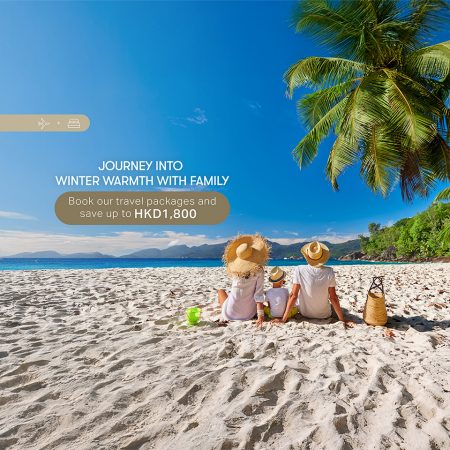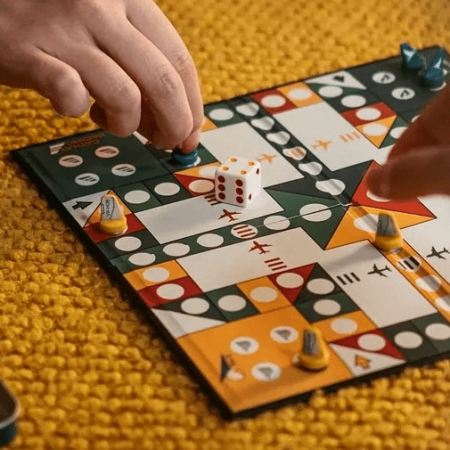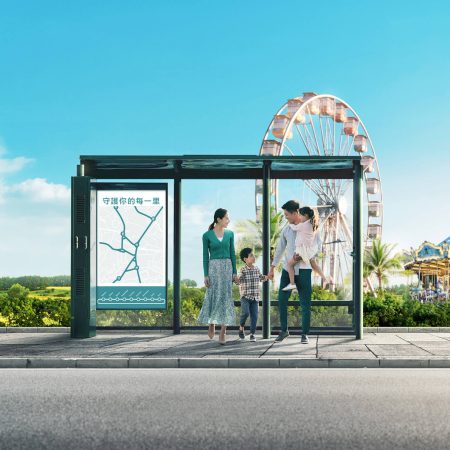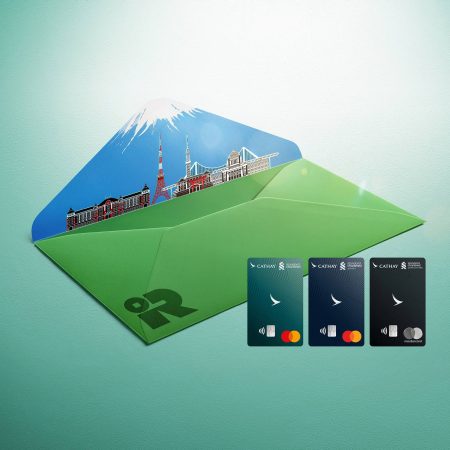Hoi An's new wave of fashion
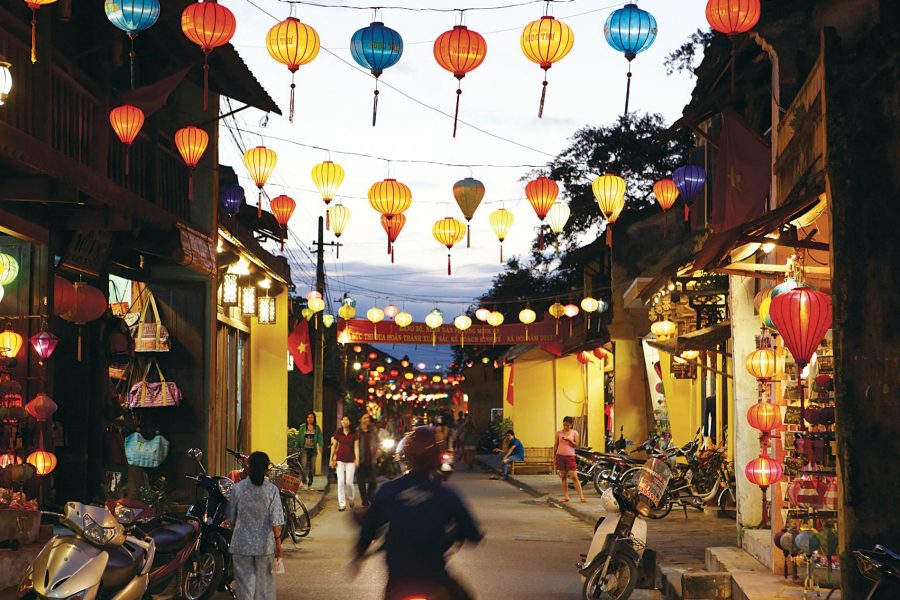
As Mary Teague prepared to leave Australia for a holiday in Hoi An, her friends offered some travel tips. The essential one? ‘You’ve got to go have something made.’
Hordes of tourists descend on the central Vietnam town’s famed tailoring shops to commission inexpensive clothing, either copies of pieces they already own or ones they’ve seen in stores or in magazines. But Teague found herself drawn to something else: the many stylish boutiques selling ready-to-wear fashion. ‘I must admit I’m quite surprised that there are a few of these around,’ Teague said on a late-summer afternoon at The O Collective, a shop that opened in 2015 and sells clothing, shoes, accessories and home furnishings by 10 Vietnam-based labels.
Tailoring is still hugely popular among tourists in Hoi An, an ancient trading port that lies 30 kilometres from the central city of Da Nang and down the road from several beach resorts. But in the past six years, nearly a dozen boutiques, most of them owned by Europeans or Australians, have cropped up amid the historic old town’s recognisable lantern displays, creating a new, eclectic fashion scene that is slowly gaining international renown.
‘Some people have the perception that everything in Hoi An must be cheap – so, yes, there are people that are not our customer group,’ says Louise Bach Mogensen, the Danish businesswoman who founded The O Collective and the Hoi An-based clothing label O-Thala. ‘But there are enough people who understand good design and are willing to pay for good design.’
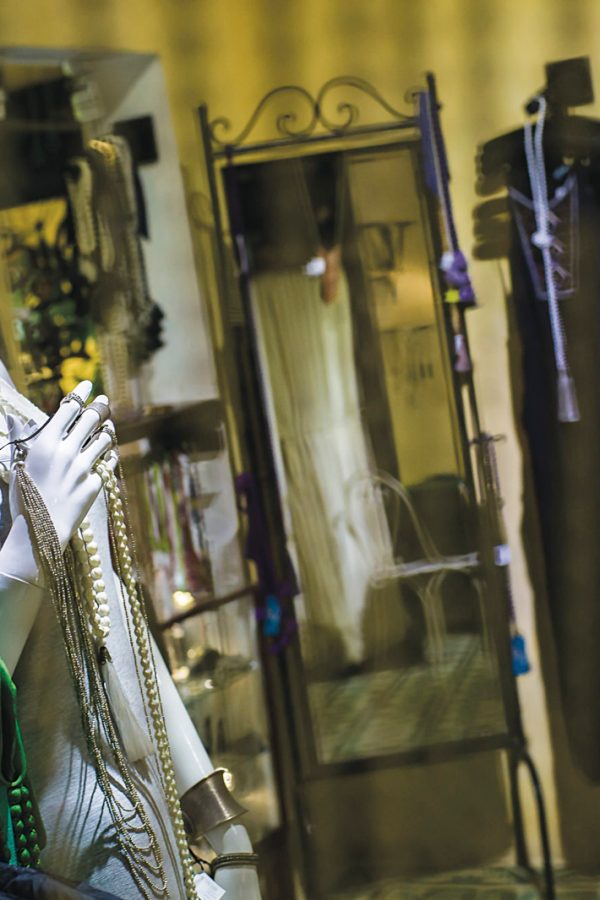
Credit: Etienne Bossot
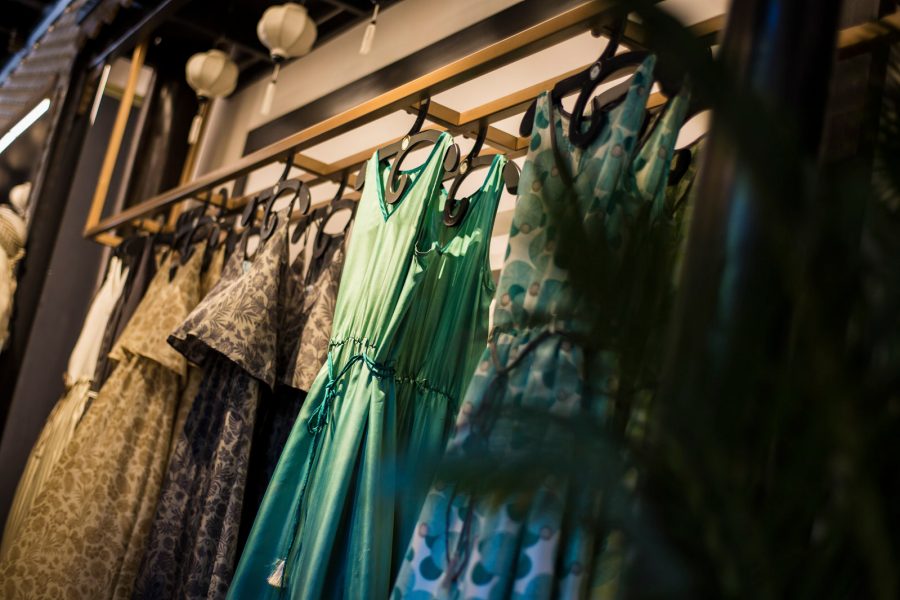
Credit: Etienne Bossot
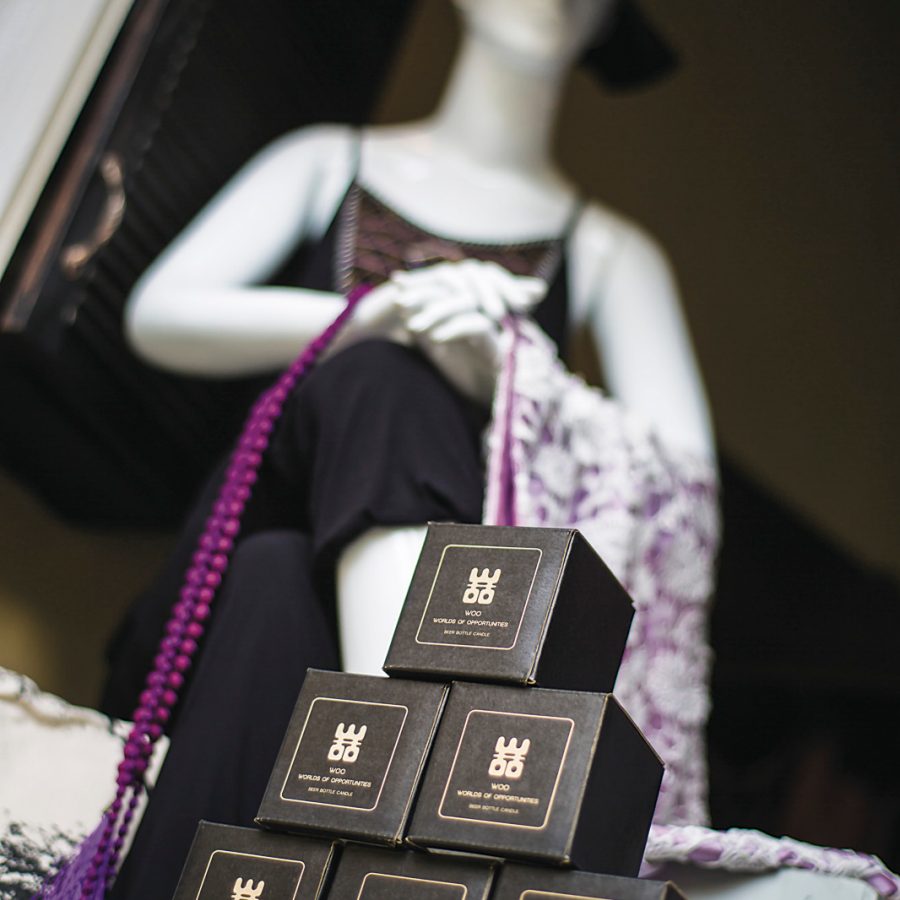
Credit: Etienne Bossot
Hoi An’s first ready-to-wear outlet was Ava’na, a one-room boutique that opened in 2010 and sources fabric from across Asia, including an ethnic-minority weaving cooperative in rural Vietnam. Its founder, Aldegonde Van Alsenoy, is a Belgian designer who moved here in 2005 after running Betet Skara, a high-end weaving business in Antwerp that employed refugees. She says her colourful, loose-fitting clothes, which sell for about US$100 to US$170, appeal to both men and women, with customers coming from Europe, South Korea, Hong Kong, Vietnam and Latin America. And even though the store is more expensive than a tailoring shop, its vibe is unpretentious. ‘You’re a little less nose-up than you would be in Europe,’ says Van Alsenoy, adding that many of her clients find her shop by accident.
Down the road lies Metiseko, a brand that launched in 2011 and sells clothing made from Vietnamese silk and certified-organic cotton imported from India. Metiseko is a shared vision of Erwan Perzo, a French-Vietnamese entrepreneur, and his wife Florence Mussou, a French pattern designer. They now have two large, airy shops in Hoi An, and a third in Ho Chi Minh City, Vietnam’s business hub.
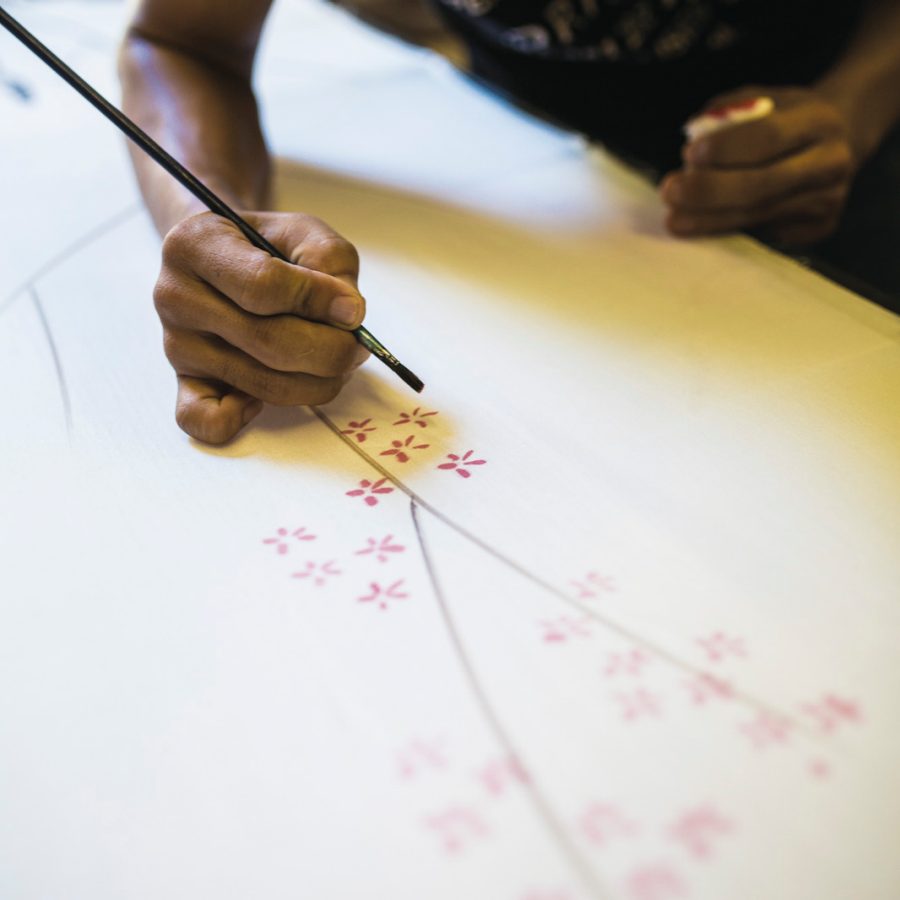
Credit: Etienne Bossot
When Metiseko opened, an off-the-rack fashion boutique wasn’t a natural fit in a town full of tailors. ‘At first, we were kind of an extraterrestrial,’ Perzo says with a laugh on a recent afternoon at his silk outlet, surrounded by fluttering scarves and dresses in a timber-frame colonial building. But the market for upscale fashion is growing, he says, as Hoi An welcomes higher-end tourists who have less interest in tailoring and spend less time in the old town than backpackers once did. Although tailoring will always be popular in Hoi An, he adds, ‘the ready-made market is the future’.
The town has also welcomed a few Vietnam-based brands that sell screen-printed T-shirts, swimsuits and leisurewear. One of the area’s liveliest screen-printing brands is Hot Chili, whose designs draw inspiration from Vietnamese and indigenous Australian patterns. Co-founders John and Jennie Walsh moved here from Sydney, where John ran a screen-printing business. ‘It was pretty crazy, really,’ Jennie says of the 2007 move. ‘We didn’t do much research.’
In 2010 the Walshes built a factory on the outskirts of Da Nang, and later opened a retail outlet in Hoi An’s old town that sells what Jennie describes as ‘easy, beachy’ clothing to tourists from around the world. The factory now employs 15 people, and Hot Chili is exporting to Australia and Europe. But Walsh says her primary market is still walk-in customers, some of whom have become disillusioned about tailoring, with the time-intensive process involving multiple fittings.
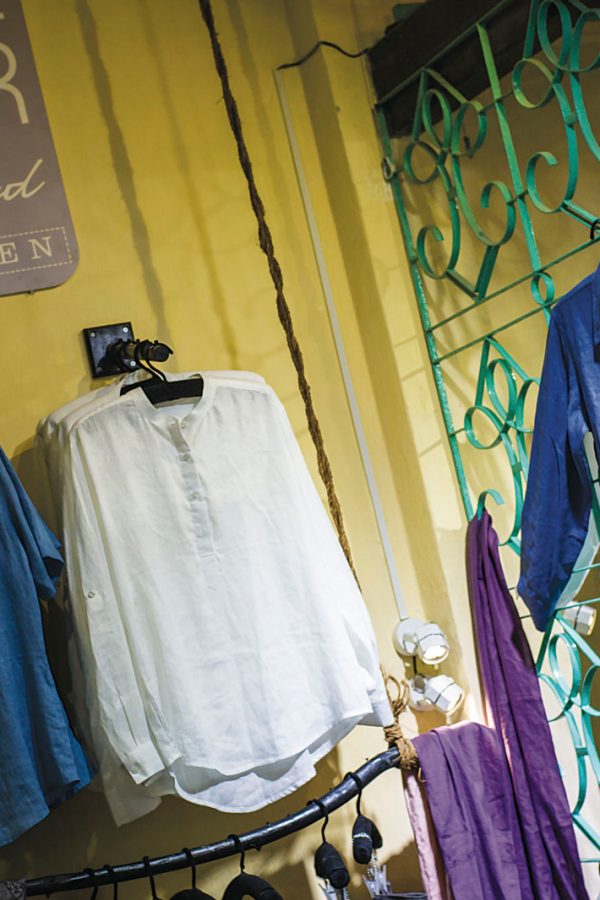
Credit: Etienne Bossot
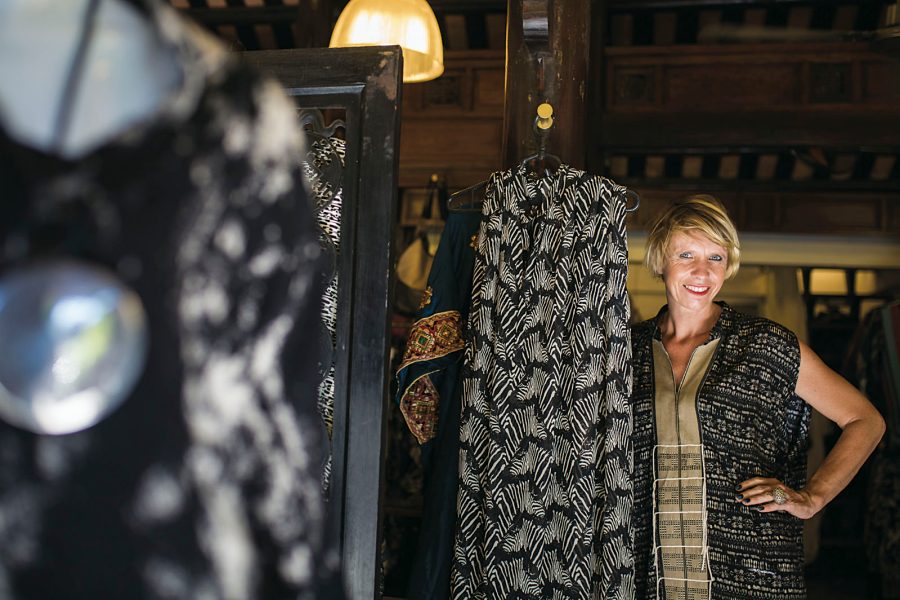
Credit: Etienne Bossot
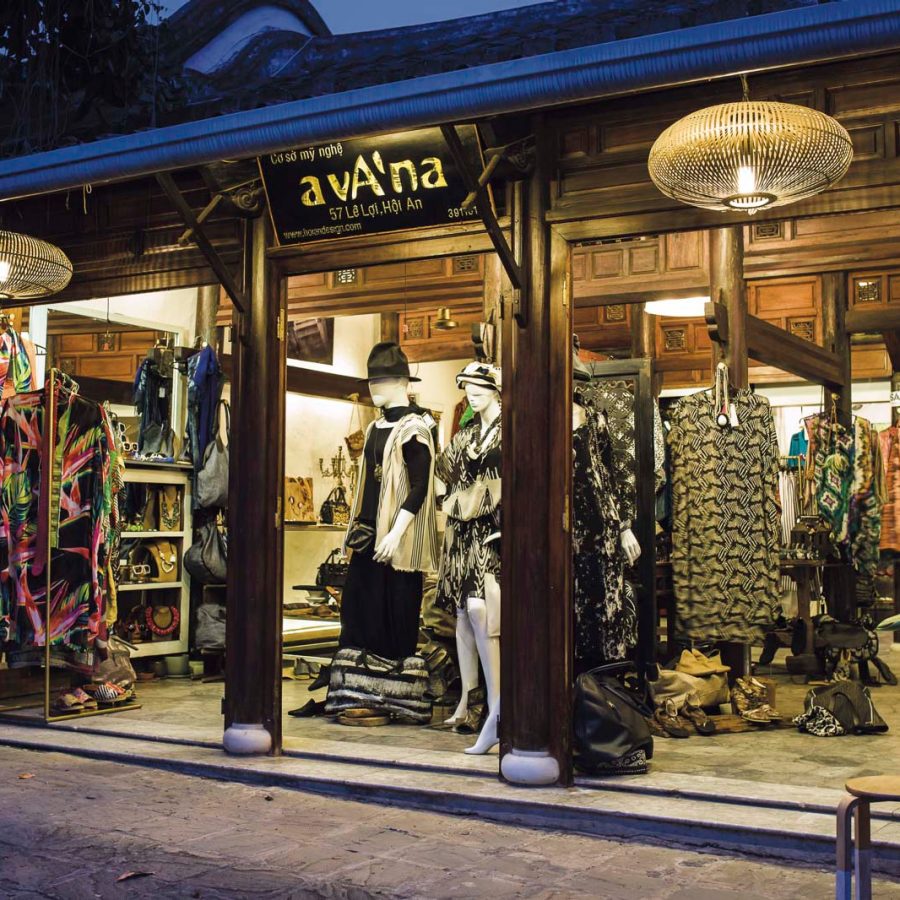
Credit: Etienne Bossot
It’s not easy for shop owners. Hoi An shophouses typically rent for between US$3,000 and US$5,000 a month, designers say, and landlords often require three years’ payment in advance – a financial arrangement that can be prohibitive for Vietnamese and foreign entrepreneurs alike. And even with start-up capital, it is difficult to find spaces for rent on the few streets that receive heavy foot traffic in the old town, says Christine Winn, the manager of Ayana, a ready-to-wear boutique that opened on central Le Loi Street in late 2015.
Another hurdle is copycatting. In a town where tailors routinely copy branded designs without fear of copyright enforcement, boutique designers say their own work sometimes falls victim.
But some boutique owners note that Hoi An’s ready-to-wear fashion market has grown quickly since 2011 and now includes several Vietnamese-owned shops, including the Oche and Papillon Noir, which sells hand-painted silk dresses and accessories. That makes them optimistic about the market’s future, even as tailoring continues to dominate Hoi An’s retail clothing sales.
‘Hundreds of shops are selling the same thing, so it will be more interesting’ for tourists if more ready-to-wear boutiques offered them unique designs, says Ngo Thi Duyen, the general manager of Papillon Noir’s three shops. ‘Maybe one day this will be a fashion area. Why not?’
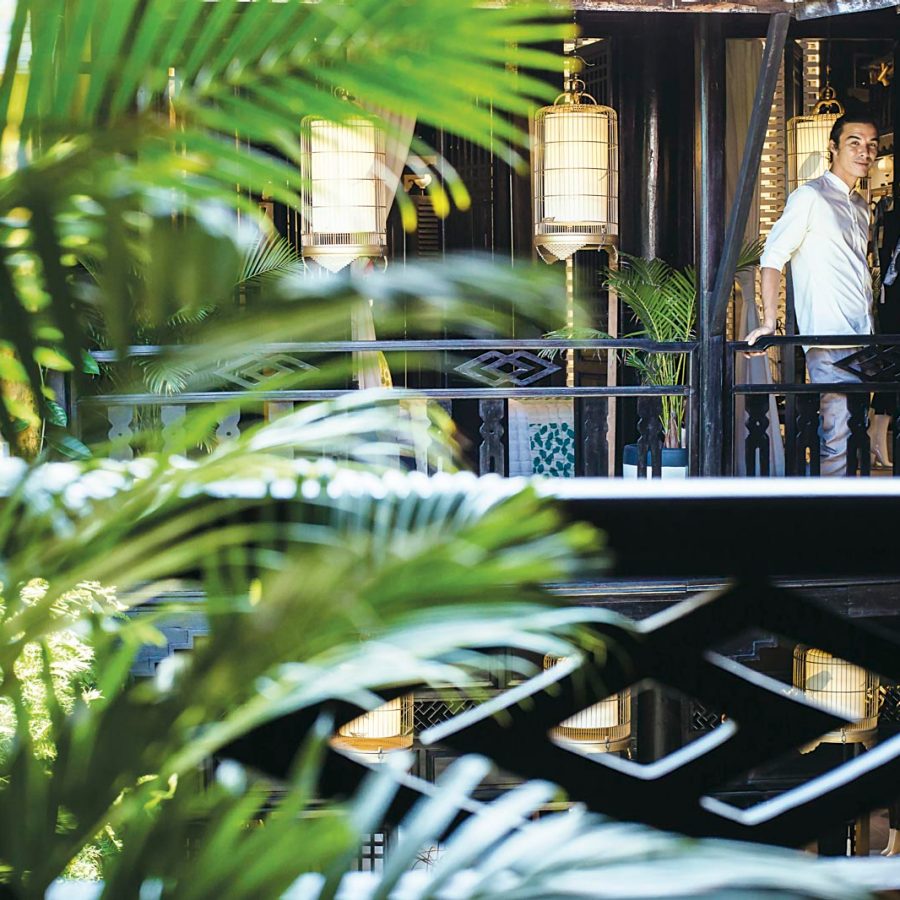
Credit: Etienne Bossot
Shop List
Metiseko
Metiseko is all about its simplistic, countryside-inspired patterns, which come across as incredibly chic in combination with the brand’s high-quality silk and cotton. metiseko.com
Hot Chili
This brand sells casual cotton jersey pieces good for the beach or an easy stroll that feature tribal and aboriginal patterns evoking nature. hotchilifashion.com
Ava’na
Featuring edgy, flowy silk tops and tribal-inspired pieces using fabrics handwoven in nearby villages. Many of the loose-fitting pieces are unisex. avanahoian.com
Hero image: Etienne Bossot
Da Nang travel information
- China – the Chinese Mainland, Hong Kong SAR, Macao SAR and Taiwan Region
- Hong Kong SAR - English
- Chinese Mainland (China) - English
- Taiwan, China - English
- 香港特別行政區 - 繁體中文
- 中国內地 - 简体中文
- 中國台灣 - 繁體中文
- Africa
- South Africa - English
- Asia
- Bangladesh - English
- Korea - English
- Singapore - English
- Cambodia - English
- 한국 - 한국어
- Sri Lanka - English
- India - English
- Malaysia - English
- Thailand - English
- Indonesia - English
- Maldives - English
- ประเทศไทย - ภาษาไทย
- Indonesia - Bahasa Indonesia
- Myanmar - English
- Vietnam - English
- Japan - English
- Nepal - English
- Việt Nam - tiếng Việt
- 日本 - 日本語
- Philippines - English
- Australasia
- Australia - English
- New Zealand - English
